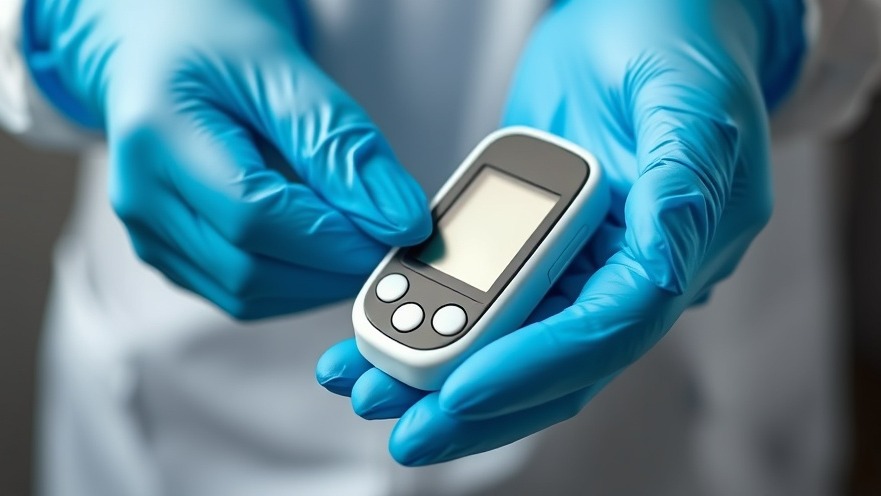
Shared Glucometers Pose New Risks in Nursing Facilities
In a startling revelation, the transmission of Hepatitis B (HBV) has been linked to shared glucometers in a skilled nursing facility in North Carolina. This connection leads us to a critical examination of the safety practices in healthcare settings, especially for vulnerable populations such as the elderly.
Why Glucometer Sharing is Dangerous
The investigation published in the Morbidity & Mortality Weekly Report has highlighted that between 2008 and 2019, 15 outbreaks of HBV in long-term care facilities were traced back to the shared use of blood glucose monitors. Joshua Moore, a viral hepatitis epidemiologist at the North Carolina Department of Health and Human Services, expressed the urgent need for nursing homes to assign glucometers to individual patients. This simple shift could significantly mitigate the risk of HBV transmission.
Vaccination: A Simple Solution
A crucial takeaway from this incident is the recommendation for routine HBV vaccination for residents with diabetes. By ensuring that older patients, especially those 60 and older who have risk factors for infection, receive vaccination as part of their care protocol, we can enhance their protection significantly. Public health authorities stress this approach as both a responsible and necessary preventive measure.
The Broader Implications for Concierge Medical Practices
This alarming report points to a broader implication for concierge medical practices: the importance of patient safety and comprehensive care. As owners of concierge practices, it’s imperative to stay updated with best practices that protect patients. Addressing such issues not only enhances patient trust but also positions your practice as a leader in comprehensive care.
Creating Actionable Insights for Patient Safety
What steps can you take to ensure your patients are safe and well-informed?
Implement training for staff on the importance of individualizing medical equipment.
Conduct regular health seminars focusing on preventive measures like vaccinations.
Engage patients and families in discussions surrounding their health safety practices.
Not only does this approach foster a strong bond with your patients, but it also affirms your commitment to their health.
A Closing Thought
As healthcare professionals, our mission extends beyond treatment; it includes prevention and education. By adapting safety practices and prioritizing patient care strategies, we can reduce risks like those posed by shared glucometers. Let’s take this opportunity to enhance our practices and, ultimately, improve patient outcomes.
Take Action to Bolster Patient Care Today
To stay ahead in this ever-evolving healthcare landscape, it’s essential to prioritize patient safety measures and regularly update your practice protocols. Engage in ongoing education and networking opportunities to keep your practice thriving in community health.
 Add Row
Add Row  Add
Add 




Write A Comment